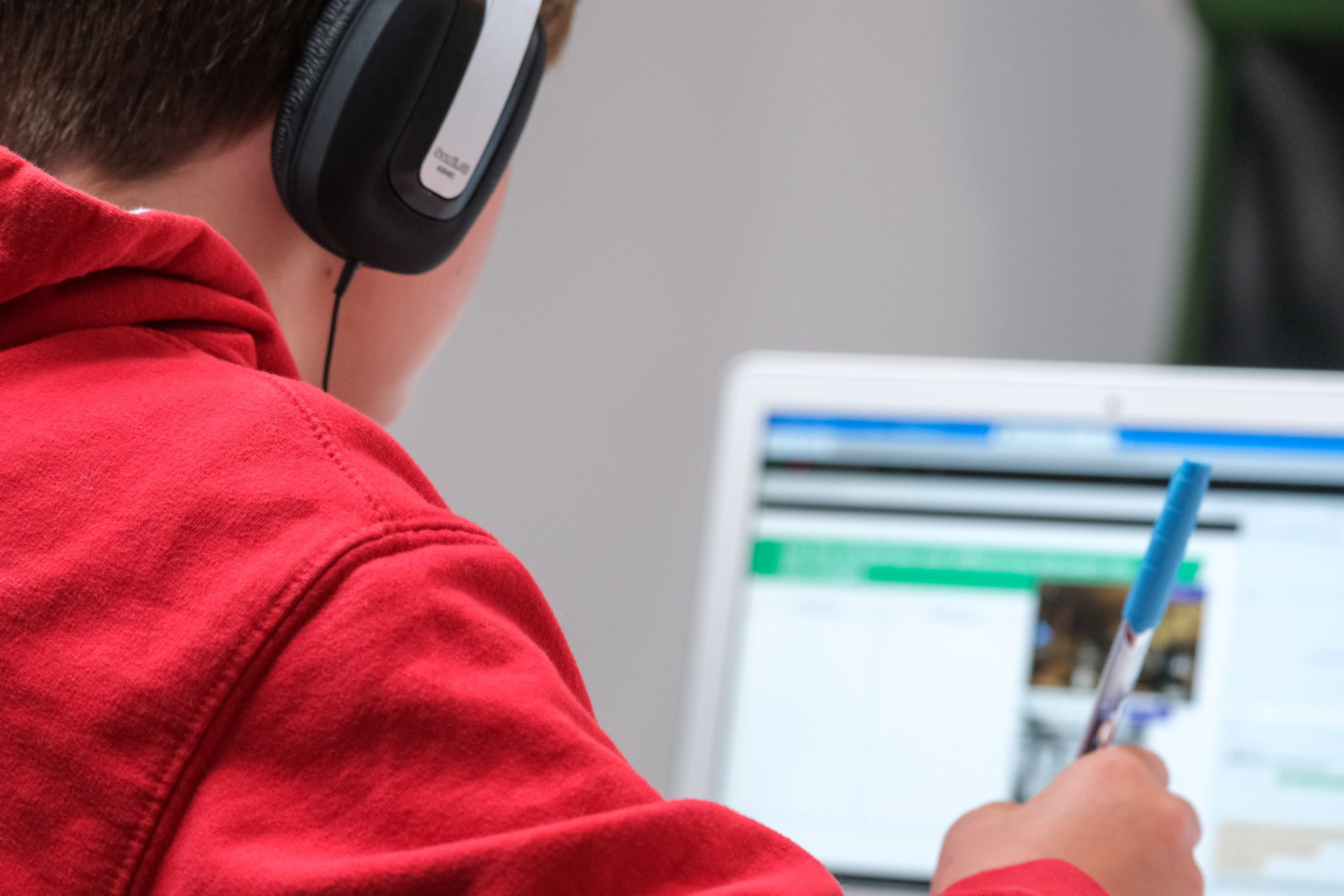In today’s digital age, students are more connected than ever, but with increased connectivity comes the need for responsible online behavior. Schools play a crucial role in educating students about the proper use of the internet, social media, and digital tools to ensure their safety and well-being. Teaching responsible online behavior is not only essential for a student’s development but also for fostering a safer and more respectful online community.

Digital Literacy as a Fundamental Skill
Digital literacy, or the ability to use technology effectively and responsibly, has become a fundamental skill for students of all ages. In many ways, it’s as important as traditional literacy and numeracy. Schools have recognized the importance of digital literacy and its role in shaping responsible online behavior.
Irresponsible online behavior can have profound effects on students’ well-being, self-esteem, and mental health. Cyberbullying, harassment, and exposure to inappropriate content can leave lasting scars. Recognizing this, schools are taking proactive measures to teach students how to navigate the online world safely and responsibly. Students armed with these guidelines would use safe social networking apps, they would choose a legit essay writing service, as opposed to an unscrupulous one, and make financial transactions via secure payment protocols.
Key Strategies for Teaching Responsible Online Behavior
Digital Citizenship Education: Many schools have implemented digital citizenship programs. These programs teach students about their rights and responsibilities online, including respecting others’ privacy and intellectual property. They also emphasize the importance of online etiquette and respect for differing opinions.
Online Safety Workshops: Schools often conduct workshops and seminars that cover topics like online safety, privacy, and the potential consequences of irresponsible behavior. These sessions provide a safe space for students to ask questions and seek guidance on digital concerns.
Open Dialogues: Encouraging open dialogues about online experiences is crucial. When students encounter issues online, they should feel comfortable discussing them with trusted adults. Schools provide students with a support network that includes teachers, counselors, and parents.
Media Literacy: Many school curricula now include media literacy components that teach students how to critically assess information online. These skills help students identify credible sources, combat misinformation, and think critically about the content they consume.
Respect and Empathy: Schools promote the values of respect, empathy, and kindness both in the physical and digital realms. Students learn that online interactions should mirror real-life interactions in terms of treating others with respect and empathy.
Privacy Education: Understanding the importance of privacy is vital. Schools teach students to safeguard their personal information and recognize the risks of oversharing online. This knowledge helps protect students from potential threats.
Tools for Schools
Educational institutions employ various tools and strategies to ensure the responsible online behavior of their students.
- Content Filtering: Many schools use content filtering software to block inappropriate websites and content. This ensures students are not exposed to harmful or offensive material during school hours.
- Digital Responsibility Agreements: Schools often ask students to sign digital responsibility agreements, which outline expectations for online behavior and consequences for violations.
- Cyberbullying Prevention Programs: Cyberbullying is a significant concern. Schools conduct programs specifically focused on preventing cyberbullying, encouraging students to stand up against it, and reporting incidents to appropriate authorities.
- Teacher Training: In addition to educating students, schools also train their staff to understand the digital landscape. Teachers, as role models, must exemplify responsible online behavior.
Challenges and Considerations
While teaching responsible online behavior in schools is crucial, it comes with challenges:
- Constant Technological Evolution: Technology evolves rapidly, and new challenges and risks emerge regularly. Schools must stay updated on these trends to provide effective guidance.
- Privacy Concerns: Balancing the need for online safety with concerns about data privacy and surveillance is an ongoing challenge.
- Digital Divide: Access to technology and the internet is not uniform across all student populations. Ensuring that all students receive the same level of education about online behavior is a challenge for schools.

The Future of Responsible Online Behavior Education
As technology continues to advance, the future of responsible online behavior education will need to adapt. Some potential developments include:
- Virtual Reality Education: With the rise of virtual reality, students may undergo immersive experiences that teach them the consequences of digital behavior in a realistic yet controlled environment.
- Artificial Intelligence (AI) Support: AI can help monitor online activity and provide real-time feedback to students about their digital behavior. AI may become a more integrated tool in teaching responsible online behavior.
- Global Collaboration: Responsible online behavior is a global concern. Schools may collaborate on a global scale to share resources, strategies, and best practices for educating students.
Summary
Responsible online behavior is a fundamental skill that every student must learn. Schools have recognized the importance of digital literacy and have implemented various strategies to ensure students are well-equipped to navigate the digital world safely and responsibly. With the ever-evolving digital landscape, it’s essential for schools to stay proactive in their efforts and collaborate with parents to create a safe online environment for students.



